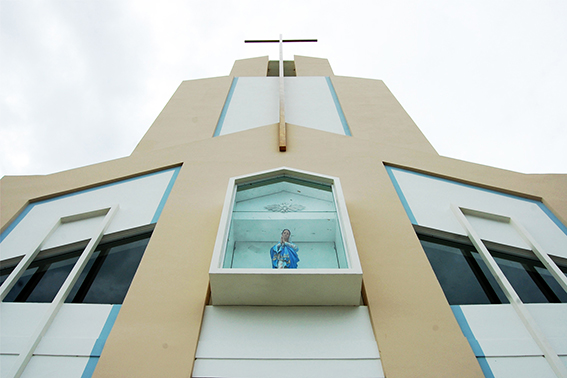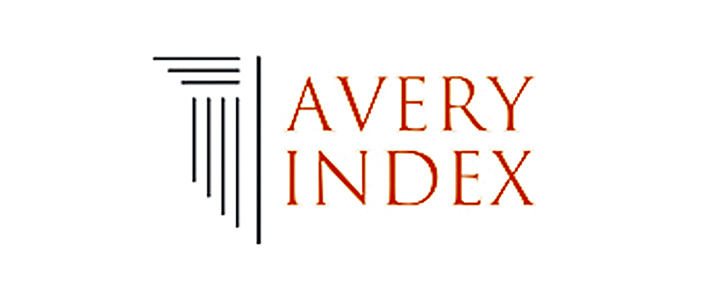Conditioning Factors in Simplification of Catholic Temples after Vatican II in Brazil
Case Analysis of the Santa Maria de Campos Parish Church
DOI:
https://doi.org/10.17979/aarc.2019.6.0.6237Keywords:
architecture, reform, temples, catholic temples, ecclesiastic normsAbstract
Under the influence of the liturgical reform promoted in the 20th century, Catholic temples assumed very simple characteristics, especially after the determinations of the Second Vatican Council. This simplification can be observed both in the construction of new temples and in the adaptation of others built before the period in question, causing the loss of its identity. In order to understand the simplification of these sacred spaces, we chose the case study: the renovation of Santa Maria de Campos dos Goytacazes Parish Church, located in the North of the State of Rio de Janeiro, Brazil. In the architectural intervention of this sacred space, conditioning factors were identified as: impositions of the local community; priests who are unaware of ecclesiastical determinations for liturgical space; and the scarcity of architects familiar with liturgical practices and conciliar guidelines. It is necessary to consider new proposals for the use of space, particularly in the rehabilitation of sacred spaces after the Second Vatican Council.
Downloads
Metrics
References
Baxandall, Michael. 1991. O olhar renascente: pintura e experiência social na Itália da Renascença. São Paulo: Paz e Terra.
Blau, Peter M. and William Richard Scott. 1962. Formal Organizations: A Comparative Approach. San Francisco: Chandler Publishing Company.
CAU/BR. 2008. Anuário 2018 vol. 2 nº 1. Accessed on 23/07/2019. http://bit.ly/37mya8S.
Hani, Jean. 1998. O Simbolismo do Templo Cristão. Lisboa: Edições 70.
Pastro, Cláudio. 2010. A Arte no Cristianismo: Fundamentos, Linguagem, Espaço. São Paulo: Paulus.
Porto de Menezes, Ivo. 1962. Arquitetura Sagrada. Ouro Preto: Bernardo Alvares.
Vatican Council II. 1963. Sacrosanctum Concilium. Constitution on the Sacred Liturgy. Accessed on 30/07/2019. http://bit.ly/35iDsAF.
Vide, Sebastião Monteiro da. 2010 [1707]. Constituições Primeiras do Arcebispado da Bahia. São Paulo: Universidade de São Paulo.
















